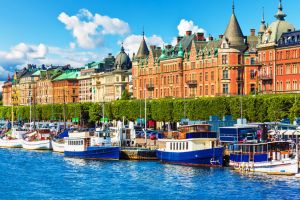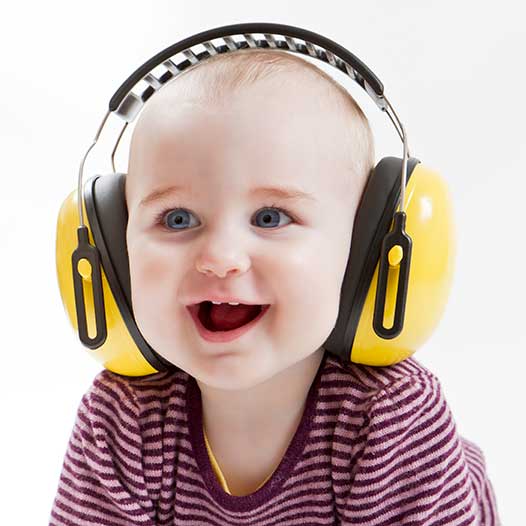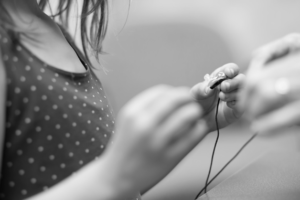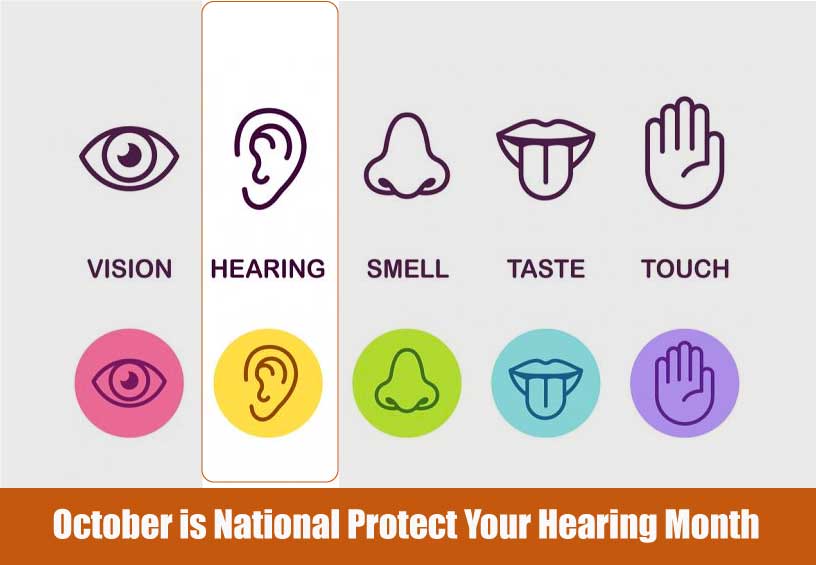Swedish study finds improved hearing in older adults, but hearing loss is still a worldwide issue.
Have the Swedish figured out the secret to preventing hearing loss?
Older adults in Sweden are hearing better than they were more than four decades ago, according to a May 2018 study published in Age and Ageing. The H70 study, part of a large-scale investigation initiated in the 1970s designed to study the medical and social effects of aging, found that hearing among 70-year-old residents of Gothenburg, Sweden had improved significantly in the last 45 years — especially among its men.

hope and insight.
The comparison study tested hearing acuity in approximately 1,135 residents of Gothenburg born in 1944. When comparing the results to three previous studies of residents born in 1901, 1906 and 1922, the prevalence of hearing loss declined from 53 to 28% for men and 37 to 23% for women.
Hearing conservation
While Swedish researchers don’t know why hearing has improved in this population, they speculate the decrease among the male participants may be due to a reduction in occupational noise exposure. Most age-related hearing loss, also known as presbycusis, is thought to be due to a lifetime exposure to a noisy environment.
Men, especially those in this age group, have traditionally worked in occupations where noise levels exceeded current acceptable limits, such as in the mechanical and engineering industries. Hearing conservation programs were introduced in Sweden in the 1970s; however, the study’s authors caution further research is needed to determine possible reasons for this improvement.
Noise-induced hearing loss (NIHL)
Noise-induced hearing loss (NIHL) is the most common form of sensorineural hearing loss — and also the most preventable. Permanent damage to your hearing can occur when you’re exposed to noise levels over 85 decibels (dB) for an extended period of time or from a one-time exposure to a loud noise such as an explosion or gunshot. Hearing conservation can begin at any age, so follow these tips to reduce your risk from developing additional hearing loss due to NIHL:
- If you’re still in the workplace and noise is a constant in your environment, talk to your supervisor about ways to decrease noise levels.
- Keep the volume turned down on personal electronic devices, especially those you listen to through a headset or earphones. That goes for the volume on the television or car radio, too.
- If you enjoy a hobby, such as car racing, music, or hunting, purchase the appropriate hearing protection and wear it. Insist that others in your family who enjoy similar noisy pastimes do the same.
- If you know you’ll be attending an event where there will be lots of noise — such as a sporting event, parade, or fireworks celebration — invest in noise-canceling headphones or purchase inexpensive foam earplugs from the local drugstore.
Preventing Hearing Loss
While the results of this study provide a glimmer of hope, bear in mind that unlike the study population in Sweden, the prevalence of hearing loss in the United States is on the rise.
Hearing loss doesn’t discriminate based on age as it affects younger Americans than ever before. What this study does offer is even more evidence that hearing loss is not inevitable. The best treatment for many is prevention. Learn how to prevent hearing loss.

Keeping your hearing as healthy as possible begins by scheduling an appointment with a hearing healthcare professional for a baseline hearing evaluation. Results from this exam will be used to monitor your hearing health annually so that you can address any issues which may arise sooner rather than later. To find a hearing healthcare professional in your community, search our online directory of hearing centers.
Contributed by Debbie Clason, staff writer, Healthy Hearing
August 8, 2018





